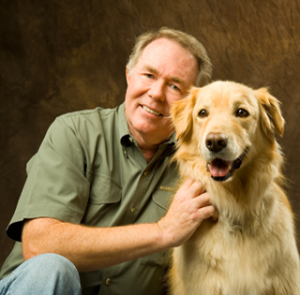
Have you always wanted a well-behaved dog?
Jim Burwell, Houston’s most trusted dog trainer for more than 30 years, can show you tried-and-true methods that will get you the results you want from your dog.
“If you understand how dogs think and how they look at our world, solving dog behavior issues becomes much easier. Encourage the right actions and it’s what you will eventually end up with. Not responding to the wrong conduct makes the right behavior happen. I teach you how.”
Selected as the Best Dog Trainer in Houston, with his methods in no time you’ll be able to:

“I have the skills and confidence I need and our family is now complete again, with Max as Lily’s new brother. Jim was fabulous throughout the process. Always available for email Q&A and consistently encouraging and positive about what a good dog Lily really was. He was right, we just needed to learn how to encourage the right behaviors in a positive way. Thanks for all your help.”

